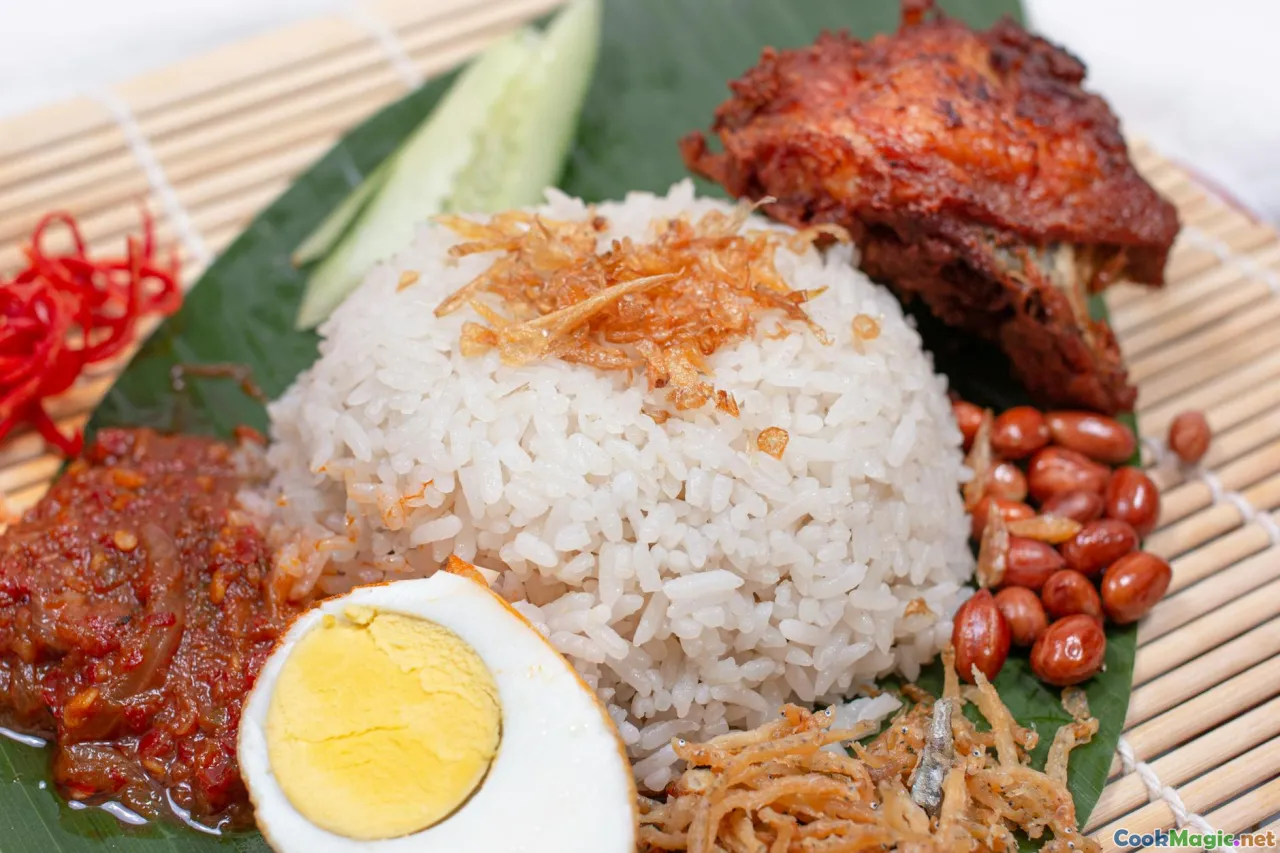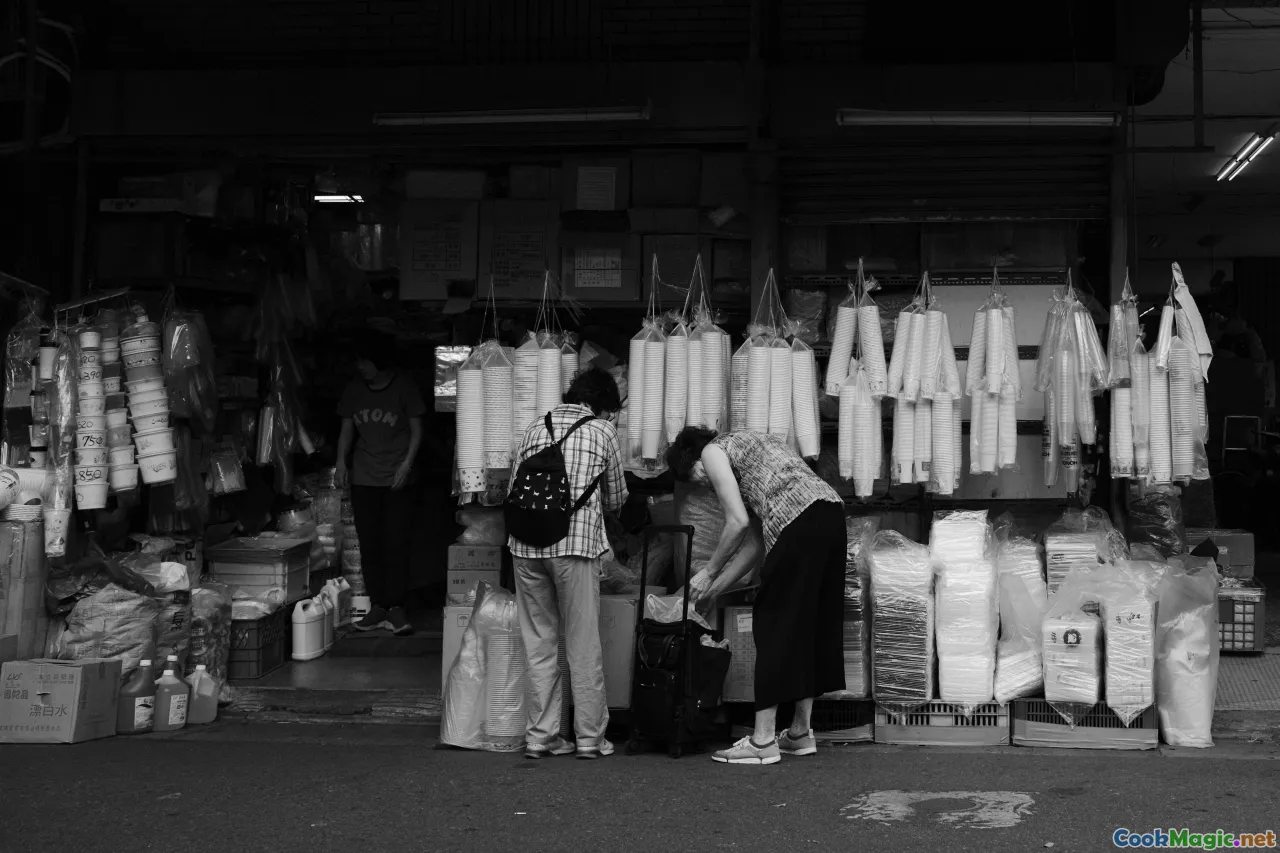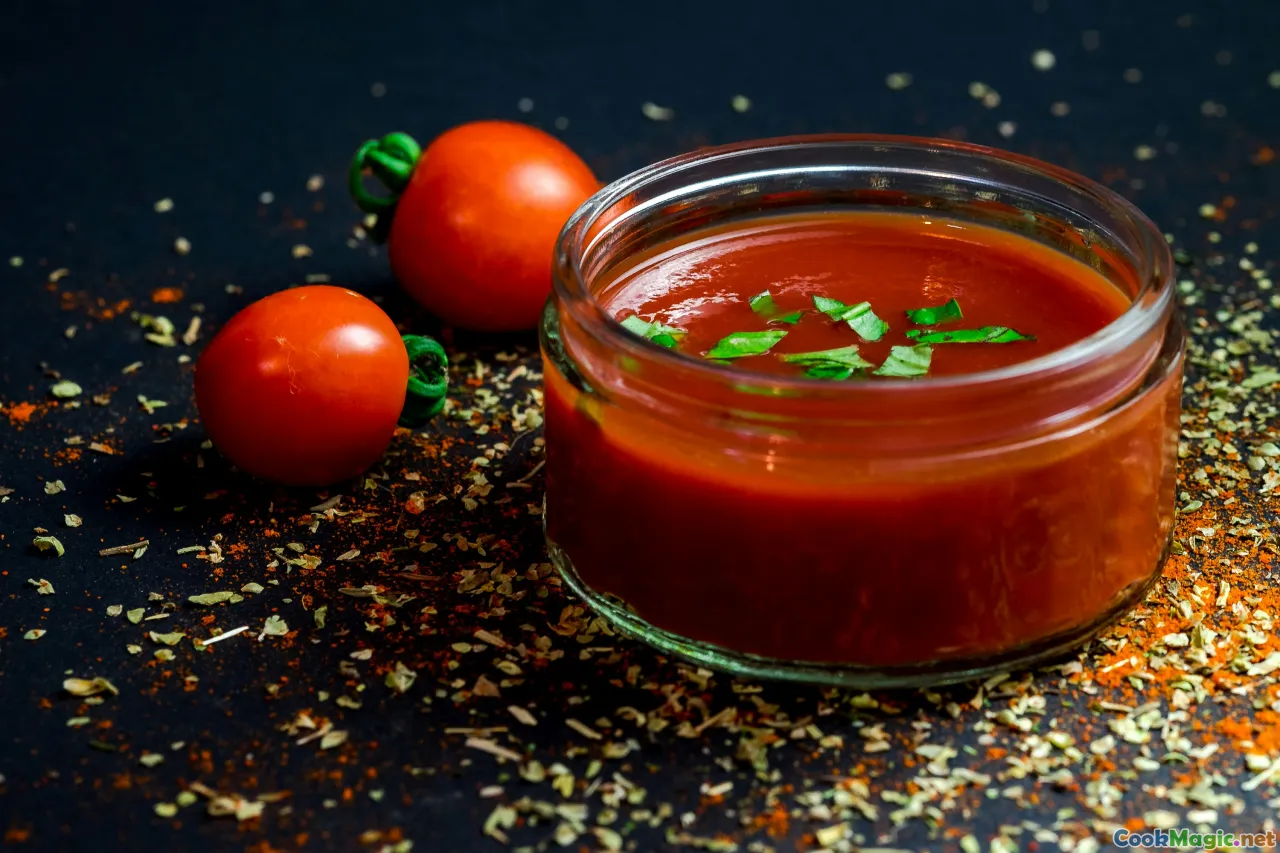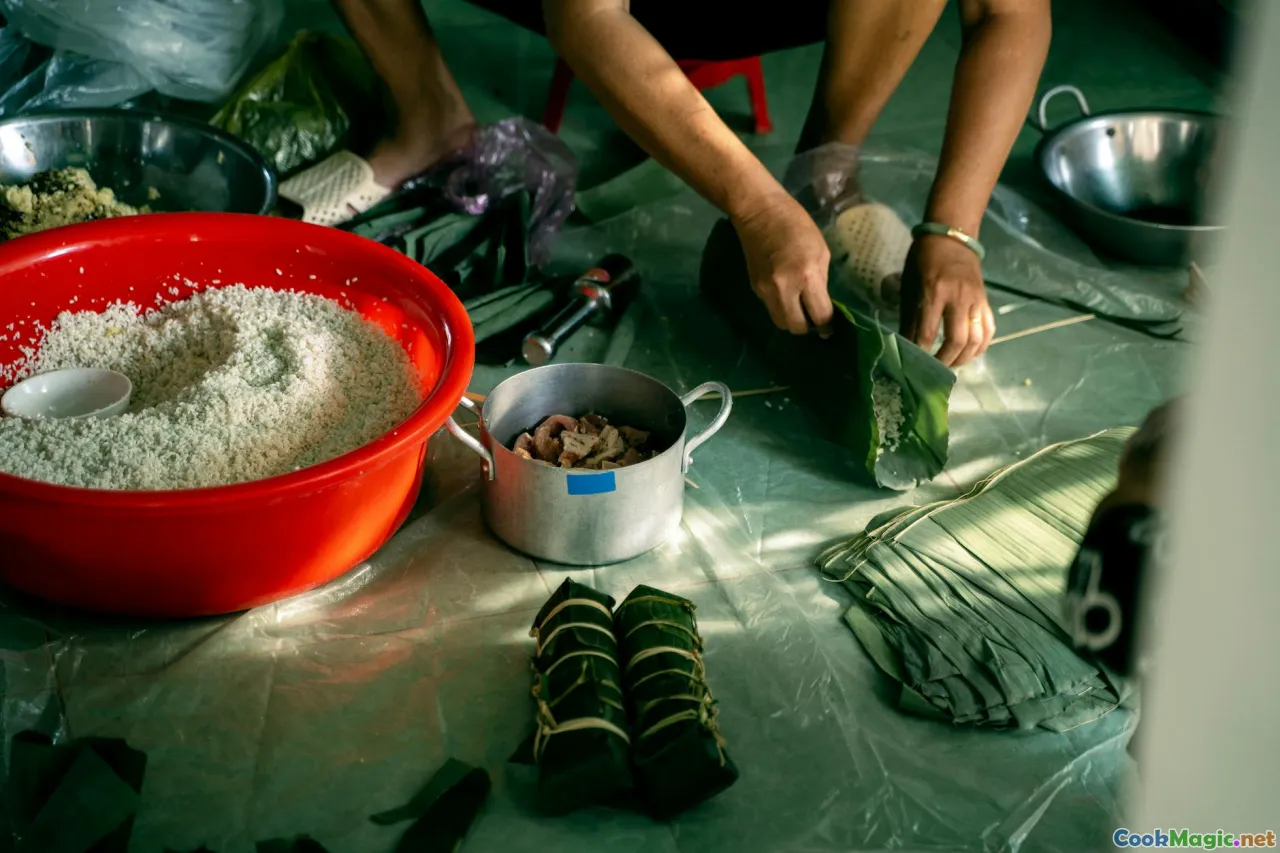How to Cook Perfect Nasi Lemak Every Time
12 min read Learn the secrets to making authentic, fluffy Nasi Lemak every time with tips on rice, sambal, and accompaniments. August 02, 2025 09:05
How to Cook Perfect Nasi Lemak Every Time
Few dishes evoke the warmth of childhood mornings or the vibrant tapestry of Malaysian street food quite like nasi lemak. It’s more than just a fragrant rice dish; it’s a cultural icon woven into the fabric of Malaysian life, blending tropical diversity with an aroma that beckons with promises of savory, spicy, and sweet delights. Achieving that elusive harmony—fluffy rice infused with richness yet light enough to soak up sambal—can be an art form. But with a few trusted techniques and a pinch of cultural reverence, you can master the craft of nasi lemak that rivals even the best warungs in Kuala Lumpur.
Let's embark on this flavorful journey with a detailed guide to cooking the perfect nasi lemak every time, exploring its history, essential ingredients, and secrets behind that irresistibly fragrant and creamy rice.
The Heart of Nasi Lemak: The Rice

The foundation of nasi lemak is of course the rice—plump, fragrant, and silky. Unlike plain steamed rice, nasi lemak rice is cooked in coconut milk, infused with pandan leaves, and seasoned with a touch of salt—all ingredients that create an aromatic, rich, yet balanced flavor profile.
Choosing the Right Rice
For authentic nasi lemak, use high-quality jasmine rice or classified long-grain rice. Jasmine rice’s natural floral aroma elevates the dish, providing a gentle sweetness that complements the richness of coconut milk. Some Malaysian cooks prefer using glutinous rice for a more sticky, luscious texture, but for the classic, fluffy outcome, jasmine rice is ideal.
Fresh Coconut Milk vs. Canned
The secret to truly glorious nasi lemak lies in the coconut milk. Freshly squeezed coconut milk yields a richer flavor, but premium canned coconut milk is a reliable alternative—just ensure it’s full-fat for the best taste. When cooking, add the coconut milk gradually and taste for balance; you want the rice to be infused but not swimming in liquid.
The Method
- Rinse the rice thoroughly under cold water until the water runs clear, removing excess starch for fluffiness.
- Soak for at least 30 minutes—this step allows the grains to absorb moisture evenly, helping achieve that perfect light texture.
- In a large pot or rice cooker, combine the rice with a mixture of coconut milk, a pinch of salt, and pandan leaves tied in a knot for aromatic infusion.
- Cook until the rice is fluffy and fragrant, usually about 15-20 minutes in a rice cooker or on the stovetop.
Authentic Sambal: The Fiery Heart of Nasi Lemak

No nasi lemak is complete without its fiery, tangy sambal. It’s a complex blend of spice, sweetness, and tang, with each family or stall boasting its own secret recipe. The key elements include dried chili, shrimp paste (belacan), garlic, shallots, tamarind, and sugar.
Making Your Own Sambal from Scratch
Ingredients:
- 10–15 dried red chilies (soaked in warm water)
- 2 shallots
- 3 cloves garlic
- 1 tablespoon belacan (shrimp paste), roasted
- 1 tablespoon tamarind paste
- 1 teaspoon sugar
- Salt to taste
Method:
- Blend dried chilies, shallots, garlic, and roasted belacan into a smooth paste.
- Sauté the paste in a little oil over medium heat until fragrant, about 8-10 minutes.
- Add tamarind, sugar, and salt, cooking for another 5 minutes until thickened.
- Adjust seasoning to taste—balance spice, sweetness, and acidity.
Tips for a Perfect Sambal
- Use shallots instead of onions for a sweeter, more mellow background.
- Roasting belacan beforehand intensifies its umami and reduces offend-inducing raw flavors.
- Cooking the sambal down ensures it develops that sticky, glossy texture that clings to the rice.
The Accompaniments: The Perfect Sidekicks

Nasi lemak is rarely eaten alone. Its signature accompaniments—crispy fried anchovies, hard-boiled or fried eggs, roasted peanuts, and crisp cucumber slices—add layers of texture and flavor.
How to Prepare the Classic Sides
- Fried Anchovies (Ikan Bilis): Rinse lightly, pat dry, and fry in hot oil until crisp. Drain excess oil and sprinkle with a pinch of salt.
- Boiled or Fried Eggs: Soft or hard-boiled adds a protein boost, while fried eggs with crispy edges give textural contrast.
- Peanuts: Lightly roasted or fried, they bring a nutty sweetness.
- Cucumber Slices: Chill before serving for a refreshing crunch.
These sides should be used generously—they balance the heat of the sambal and bring a satisfying variety of bites.
Choosing the Right Utensils and Tools

While a good rice cooker simplifies the process, a sturdy wok or deep pot with a tight-fitting lid ensures optimal control over cooking temperatures. Use a large enough vessel to prevent rice from sticking or overcooking.
Invest in a good spoon or spatula for gentle fluffing – overmixing can crush grains and spoil the fluffy texture.
Step-by-Step Cooking Process to Ensure Consistency

- Prepare Aromatics & Coconut Milk: Tie pandan leaves, measure rice, coconut milk, and salt.
- Cook the Rice: Bring the mixture to a boil, then lower the heat and cover. Let simmer undisturbed for about 15 minutes.
- Steam Further: Turn off the heat and let the rice sit covered for an additional 10 minutes—this “resting” step allows grains to fully absorb moisture, resulting in fluffy rice.
- Fluff Gently: Using a fork or chopsticks, gently separate grains without crushing.
- Prepare Sambal & Sides: Cook the sambal while rice rests; prepare accompaniments concurrently.
- Assemble & Serve: Serve hot, piled high with sambal and sides—visuals of vibrant chili red, fragrant rice, crunchy toppings creating a feast for both eyes and palate.
Common Pitfalls and How to Avoid Them

- Undercooking or Overcooking Rice: Follow timing carefully; use a reliable rice cooker or timer.
- Too Much Coconut Milk: Precise measurement prevents overly greasy or soggy rice.
- Sambal Burning: Low to medium heat is best during sautéing—do not rush the process.
- Neglecting Rest Time: Letting the rice rest after cooking ensures ideal texture.
Personal Tips & Regional Variations

Every Malaysian family has its secret—whether it’s a dash of lemon grass, a sprinkle of galangal, or a special sambal twist. Some stalls serve nasi lemak with slices of fried chicken or rendang, elevating the humble dish.
For an authentic experience, visit iconic places like Nasi Lemak Wanjo in Kuala Lumpur or the night market stalls across Penang. Their recipes have been refined over decades, embodying the soul of Malaysian comfort food.
The Cultural Significance & Emotional Connection

Eating nasi lemak isn’t just about sustenance—it's a communal, nostalgic ritual. It’s a dish that bridges generations, bringing families together for leisurely breakfast or late-night suppers. Its versatility echoes Malaysia’s patchwork of cultures, reflecting Malay, Chinese, Indian influences—all happily nestled into a single plate.
The smell of pandan and coconut, the fiery sambal, and the crunch of peanuts evoke feelings of home, celebration, and togetherness. Mastering the art of nasi lemak is thus not only about the technique but about honoring a deep-rooted culinary heritage.
To Summarize: Keys to Perfect Nasi Lemak
- Use quality jasmine rice; infuse with pandan and coconut milk.
- Cook rice gently, allowing resting time for ideal fluffiness.
- Prepare a balanced, fiery sambal, cooking it slowly to develop rich flavor.
- Include essential accompaniments—crispy ikan bilis, eggs, peanuts, and cucumber.
- Be patient and attentive through each step—great dishes are crafted with care.
Remember, the magic of nasi lemak lies in its layers—aroma, textures, and flavors that dance on your palate. With practice, your kitchen can become a little corner of Malaysia, where every spoonful conveys stories, culture, and warmth.
Selamat memasak, and may each plate of your nasi lemak be a crown jewel of Malaysian cuisine!









